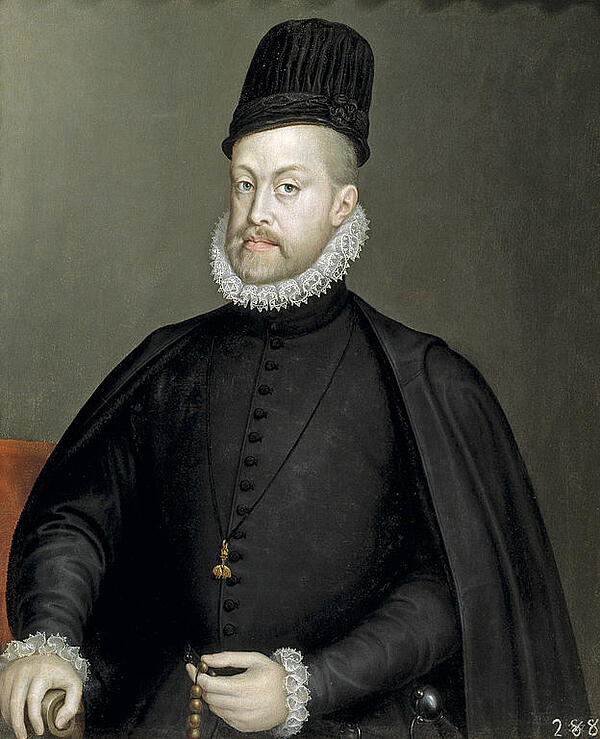Dutch attacks
In 1646, a series of naval battles known as the Battles of La Naval de Manila was fought between Spain and the Dutch Republic. The battles were part of the Eighty Years’ War, which saw 17 provinces including the Netherlands and Belgium revolt against Spanish king Phillip II.
For the Spanish, the five naval actions that made up the attacks involved just two Manila galleons and a galley made up of mainly local volunteers. However, they were faced by the significant force of three Dutch squadrons with a total of 18 ships. In spite of this, the Dutch squadrons were rapidly defeated by the Spanish-Filipono forces, which forced the Dutch to abandon plans to invade the Philippines.
Despite their significant loss, the Dutch decided to return the following year on 6th June with 12 major vessels - to the one galleon and two galleys for the ill-prepared Spanish. Six days later, the armada attacked the Spanish port of Cavite, prompting a battle that lasted eight hours.
The Spanish believed they had caused significant damage to the Dutch, while they had suffered little. However, the cannon fire from the Dutch armada had caused significant damage to the settlement. The Dutch continued their attack, splitting the armada so six could remain in Manila Bay and another six could attack Mindoro. They then attacked Pampanga, capturing the monastery, taking prisoners and executing almost 200 locals.

In light of this success, a third expedition took place in July 1648, arriving in Jolo and immediately bombarding the Spanish garrison on the island. Despite the best efforts of the Dutch, the garrison survived and they were forced to make a retreat.
The year 1648 also saw an unsuccessful attack on Zamboanga, which resulted in the Dutch promising the natives of Mindanao that they would return in 1649 with aid to support a revolt against the growing Spanish forces in the Philippines. Revolts did break out, leading the death of many Spaniards. However, Dutch aid never arrived so the relatively low number of Filipino soldiers were forced to flee. Authorities in Manila did issue a pardon but many were still hung or enslaved for their crimes, arguably as a result of the failure of the Dutch to return.
MLA Citation/Reference
"Dutch attacks". HistoryLearning.com. 2025. Web.
